Leading UX for Academic Publishing Platform Migration
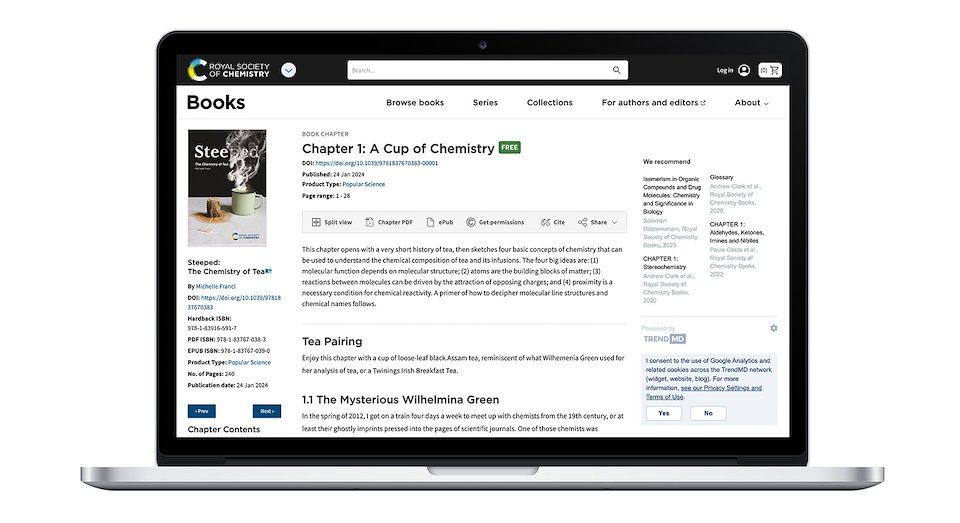
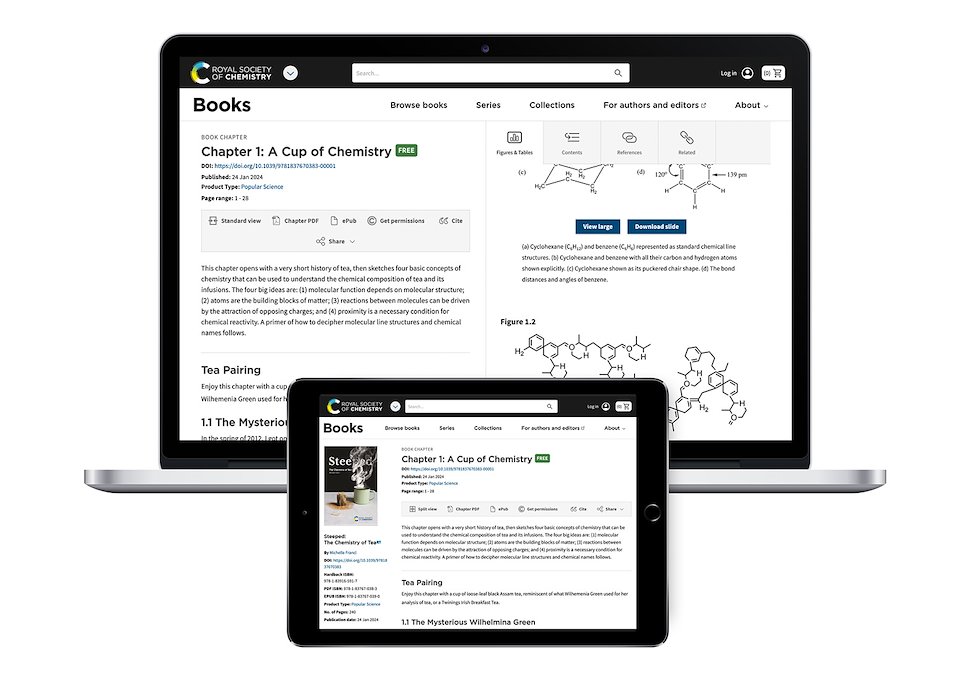
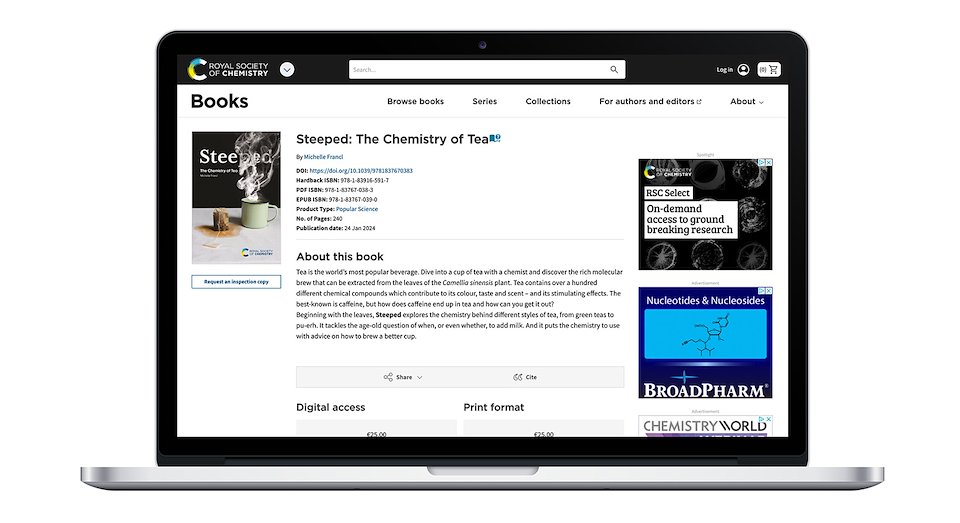
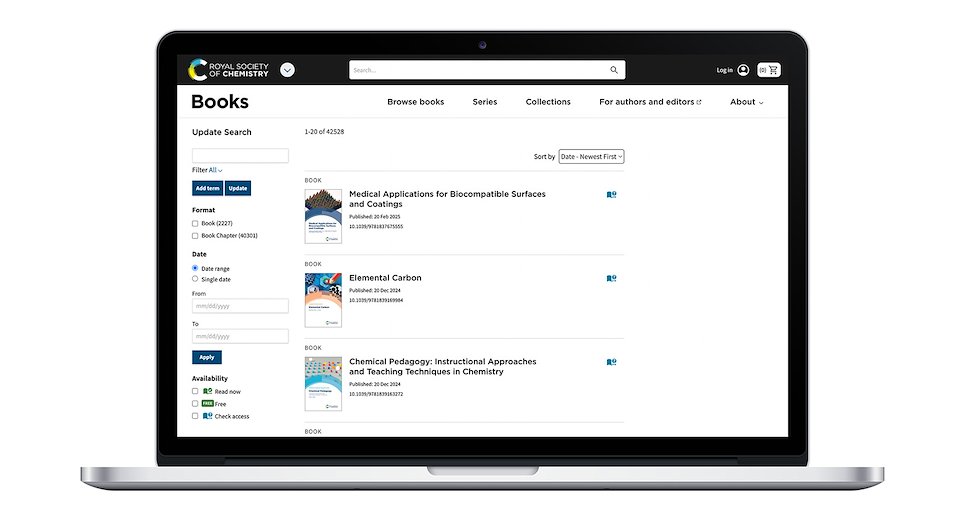
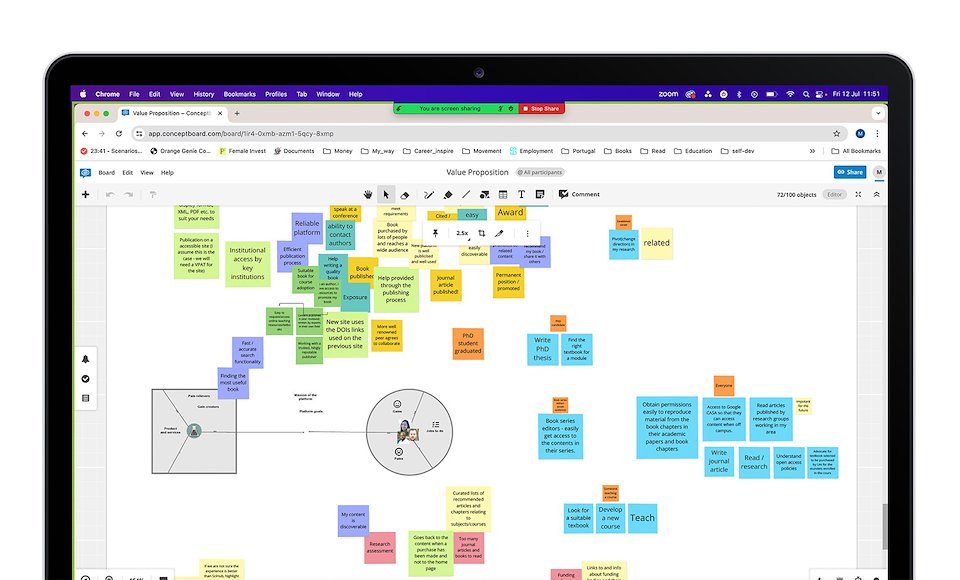
Value proposition online workshop
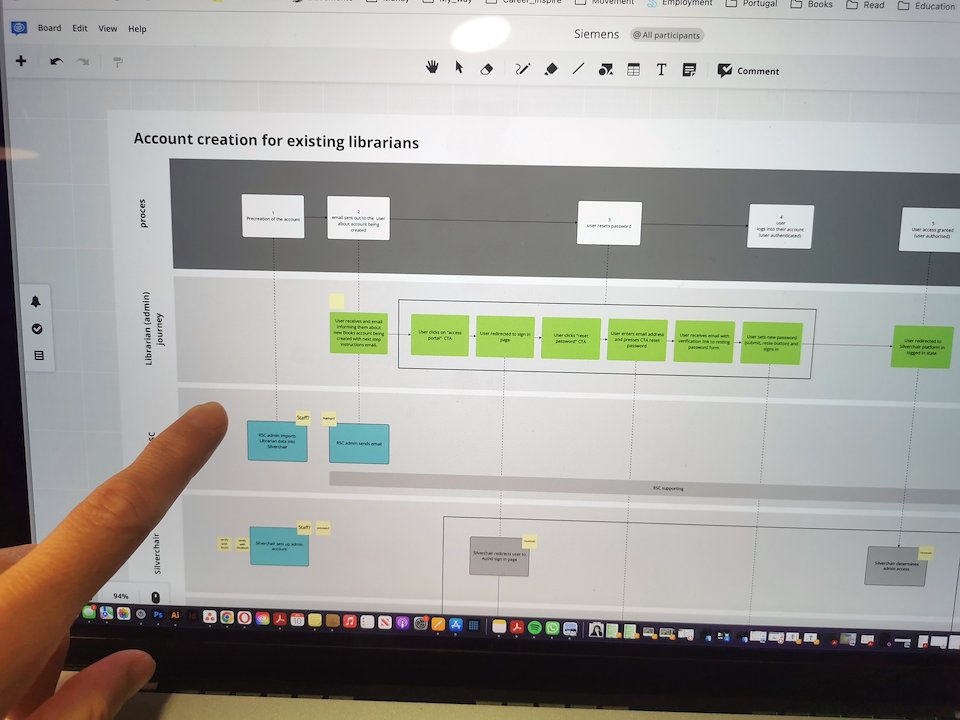
Example of the account creation flow
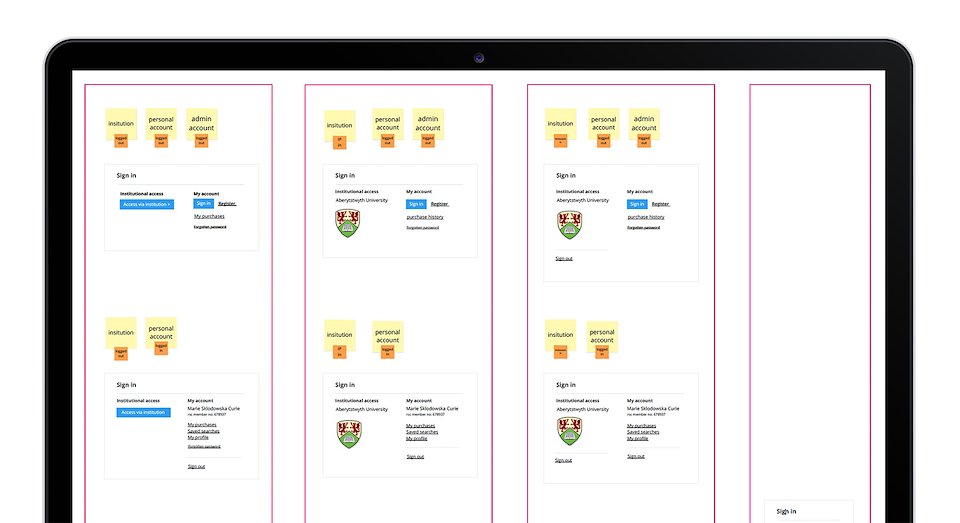
Map of the possible logging cases.
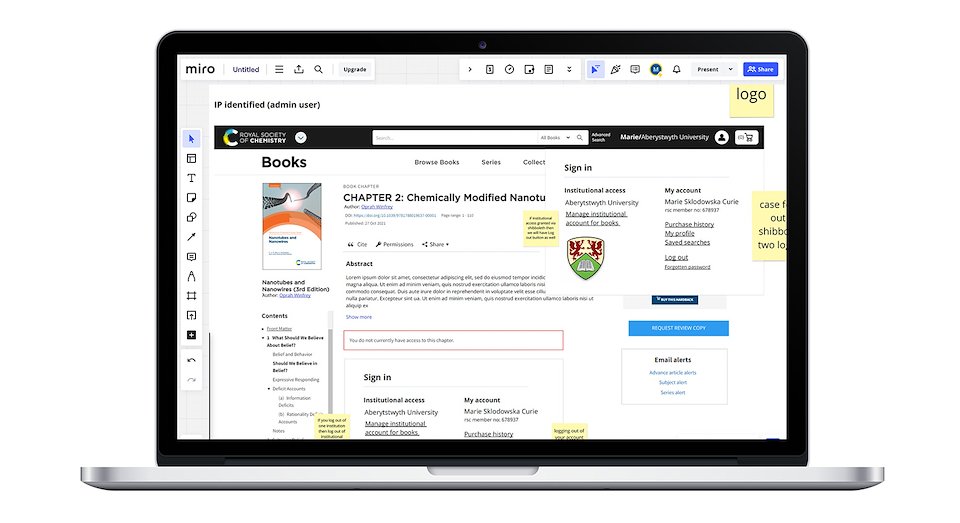
Prototype of the log in interface for the publishing platform
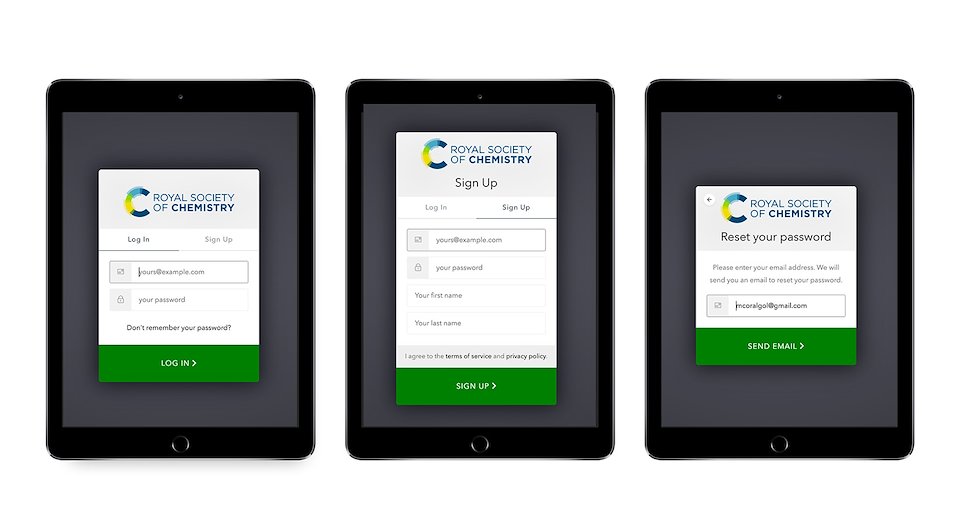
SSO
I was hired to help boost the organization’s then-low UX maturity level. There was a significant need to speed up the process, especially with some tricky in-flight projects that RSC had at the time. My role was to support the newly created internal UX team and lay the groundwork for their future efforts. My consulting work was focused on a major publishing platform migration project. I joined the team at the final stage, as they were waiting for the vendor to deliver the first version of the customized platform. My challenge was to support them to the best of my ability and ensure the best possible UX, despite having very limited room for maneuvering.
CHALLENGE
The primary task was to quickly determine what could still be achieved within the available time and impending deadlines to ensure the new platform achieves the best possible user experience in both the short and long term. I needed to shift the team’s focus from a project-based to a product-focused approach. Additionally, I had to lay the groundwork for implementing Single Sign-On (SSO) for the new platform, which would be the first to use this feature. Amidst the complexity of our current circumstances, it was crucial to ensure that the SSO implementation provided the best possible user experience. Furthermore, I had to support partner SSO projects with specialised user-focused expertise
APPROACH
Upon diving into the project, I immediately engaged in a thorough investigation and comprehension of its current status and development. I navigated through an extensive volume of documentation and engaged in conversations with all project stakeholders. This included an in-depth exploration of the organization’s goals and strategic objectives, the existing research influencing the platform’s design and value proposition, as well as critical aspects such as milestones, deadlines, vendor arrangements for revisions and negotiations, and future plans. Furthermore, I conducted a comprehensive analysis of the team structure, internal relationships, dynamics within the team, and operational methodologies. I also focused on assessing the relationship dynamics with the vendor and the collaborative processes with their external team.
SOLUTION
I decided to integrate the UX function into the team to ensure that UX considerations were thoroughly addressed post-launch. I began by mentoring team members, providing them with necessary knowledge and skills, and involving key individuals in the design refinements of the off-the-shelf SaaS platform, as well as in research and testing phases. Researching and analyzing key user groups was crucial to aligning platform usage with strategic goals, which involved conducting multiple value proposition and persona building workshops with the team. We conducted usability testing on the initial version of the platform, with team members actively participating in and co-managing the tests. This hands-on involvement helped solidify their understanding of user needs and platform functionality. Additionally, I proposed optimal interface customizations aimed at improving user interaction and experience. Throughout this process, I guided the project owner on the importance of maintaining a product-focused approach, ensuring alignment with overarching strategic objectives.
RESULT
The team was equipped with the expertise needed to effectively negotiate design requirements with the external vendor. The tech team was onboarded and convinced of the benefits of collaborating with the UX team. A fresh perspective and much-needed creativity were brought to the team’s work. A research foundation was built for the team to operate independently in future phases. Team members have committed to further developing their user- and product-centered way of working.